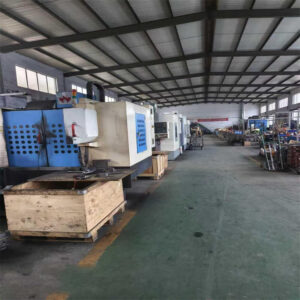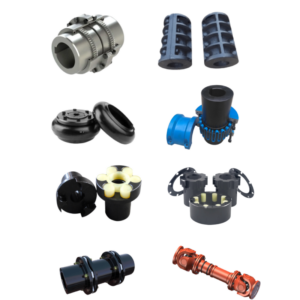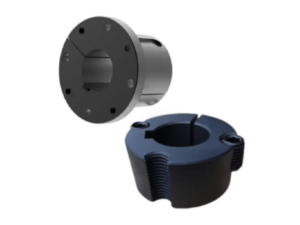Electric motors are indispensable devices that convert electrical energy into mechanical energy, powering countless applications from household appliances to industrial machinery. Understanding the various types of motors and their key parameters is essential for selecting the right motor for a specific application. This article explores common motor types and critical performance parameters.
Types of Electric Motors
- DC Motors
- Principle: Operate on direct current (DC), using brushes and a commutator to generate rotational motion.
- Subtypes: Brushed DC motors (simple, cost-effective) and brushless DC motors (BLDC, higher efficiency, longer lifespan).
- Applications: Toys, automotive systems (e.g., power windows), drones, and robotics.
- AC Induction Motors
- Principle: Use alternating current (AC) to induce a magnetic field in the rotor, creating torque without direct electrical contact.
- Structure: Robust design with a stator and squirrel-cage rotor.
- Applications: Pumps, fans, conveyor belts, and industrial machinery.
- Synchronous Motors
- Principle: Rotor rotates at the same speed as the stator’s magnetic field (synchronous speed).
- Types: Permanent magnet synchronous motors (PMSM) and reluctance motors.
- Applications: Clocks, robotics, and high-precision industrial equipment requiring constant speed.
- Stepper Motors
- Principle: Move in discrete steps by energizing coils in sequence, enabling precise positional control.
- Types: Permanent magnet, variable reluctance, and hybrid steppers.
- Applications: 3D printers, CNC machines, and medical devices.
- Servo Motors
- Principle: Combine a motor, feedback sensor (e.g., encoder), and controller for closed-loop precision.
- Types: AC servos (high power) and DC servos (compact).
- Applications: Robotics, aerospace, and automated manufacturing.
- Brushless DC Motors (BLDC)
- Principle: Electronically commutated, eliminating brushes for reduced maintenance.
- Advantages: High efficiency, low noise, and long operational life.
- Applications: Electric vehicles, HVAC systems, and computer cooling fans.
Key Motor Parameters
- Voltage (V)
- The input voltage required for operation (e.g., 12V DC, 240V AC). Exceeding rated voltage may damage insulation.
- Current (A)
- Current draw under load. High current may indicate mechanical overload or inefficiency.
- Power (W or kW)
- Mechanical output power calculated as P=τ×ωP=τ×ω, where ττ is torque and ωω is angular velocity.
- Speed (RPM)
- Rotational speed. Synchronous motors maintain fixed RPM; induction motors have slight “slip.”
- Torque (Nm or lb-ft)
- Rotational force. Starting torque (initial force) and rated torque (continuous operation) are critical for load handling.
- Efficiency (%)
- Ratio of mechanical output to electrical input. High-efficiency motors (e.g., IE3/IE4 standards) reduce energy costs.
- Power Factor (PF)
- For AC motors, PF indicates phase alignment between voltage and current. Low PF increases grid losses (compensation often required).
- Insulation Class
- Rated by maximum allowable temperature (e.g., Class B = 130°C, Class F = 155°C). Determines thermal durability.
- Duty Cycle
- Operating time (continuous vs. intermittent). Overloading beyond duty cycle risks overheating.
- Protection Rating (IP Code)
- Ingress protection against dust/water (e.g., IP55 = dust-resistant and water-jet protected).
- Frame Size
- Standardized dimensions (e.g., NEMA, IEC) for compatibility with mounting systems.
Conclusion
Selecting the optimal motor requires balancing type-specific advantages with application demands. For example, BLDC motors excel in efficiency-critical roles, while stepper/servo motors suit precision tasks. Key parameters like torque, efficiency, and insulation class ensure reliability and performance. By aligning motor characteristics with operational needs, engineers can enhance system longevity and energy efficiency.







